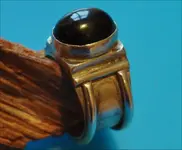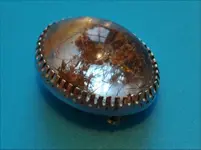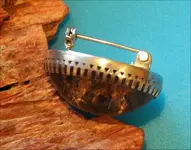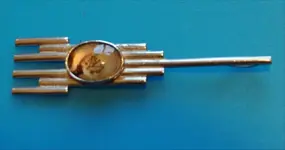Yes, our hallmarking process is regulated with respect to what has to be hallmarked and how. Imitations of the marks used are prohibited if they are sufficiently similar to the real thing that they could be misleading. Unlike America, they must be applied by the assay office, not by the manufacturer.
Each assay office chooses a symbol to identify itself (eg an anchor for Birmingham) and must ensure that the date letters they use in their own office are unique with respect to font style and /or cartouche to identify a particular year without the possibility of confusion. The assay office choses its own sequence, starting with an ‘A’ letter of some kind but, because the offices didn’t all have the same establishment year, the letter represents a different date for each assay office. Also, some letters may be skipped in certain sequences to prevent confusion. For example, London has only rarely used ‘J’ to prevent confusion with ‘I’ in most font styles, and didn’t use ‘Z’ at all until 1999, to prevent confusion with ‘2’. So, sequences don’t run for a full 26-year cycle and it varies for each assay office and time period.
A sponsor (the person accepting responsibility for the sale of the item) must pay a registration fee at each assay office he wants to use and will be allocated a set of initials, or can choose them. Standard punches are normally used for the letters. The assay office checks that those initials are not already in use, but will normally allow variants. So if someone has already registered ‘ABC’, you might still be allowed to register ‘A.B.C.’ or ‘abc’, or the same letters in gothic script. For an additional fee covering the cost of a customised punch to be prepared, you can have a logo or other design instead of initials.
There is then a further fee for each item submitted for assay. Traditionally, items which fail assay and cannot be marked for a lower standard than requested are put into a press, squashed flat, and returned to sender. I’ve been silversmithing for some years now and our class tutor advised that, if we were to submit any of our work for assay, then we should include a note that says “Amateur class work. Please do not destroy.” Amateurs often use an excessive amount of solder (with a lower silver content than the piece itself) which can exceed the permitted tolerance.











